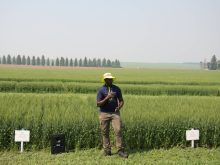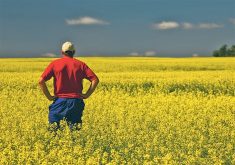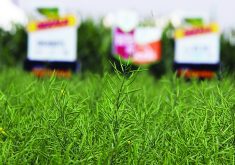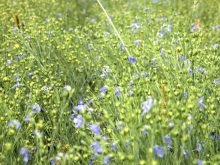Most canola growers don’t want to hear lectures about three-year or four-year rotations.
However, it’s not because they don’t want three-year rotations; it’s because they can’t.
“The message of extend your canola rotation is on deaf ears because there aren’t many other (crop) options,” said Brett Halstead, president of the Canadian Canola Growers Association and a producer near Nokomis, Sask.
“Yeah. We could grow flax. How many acres of that until there’s no market? We could grow pulses (but) they have their own issues with diseases.”
Read Also
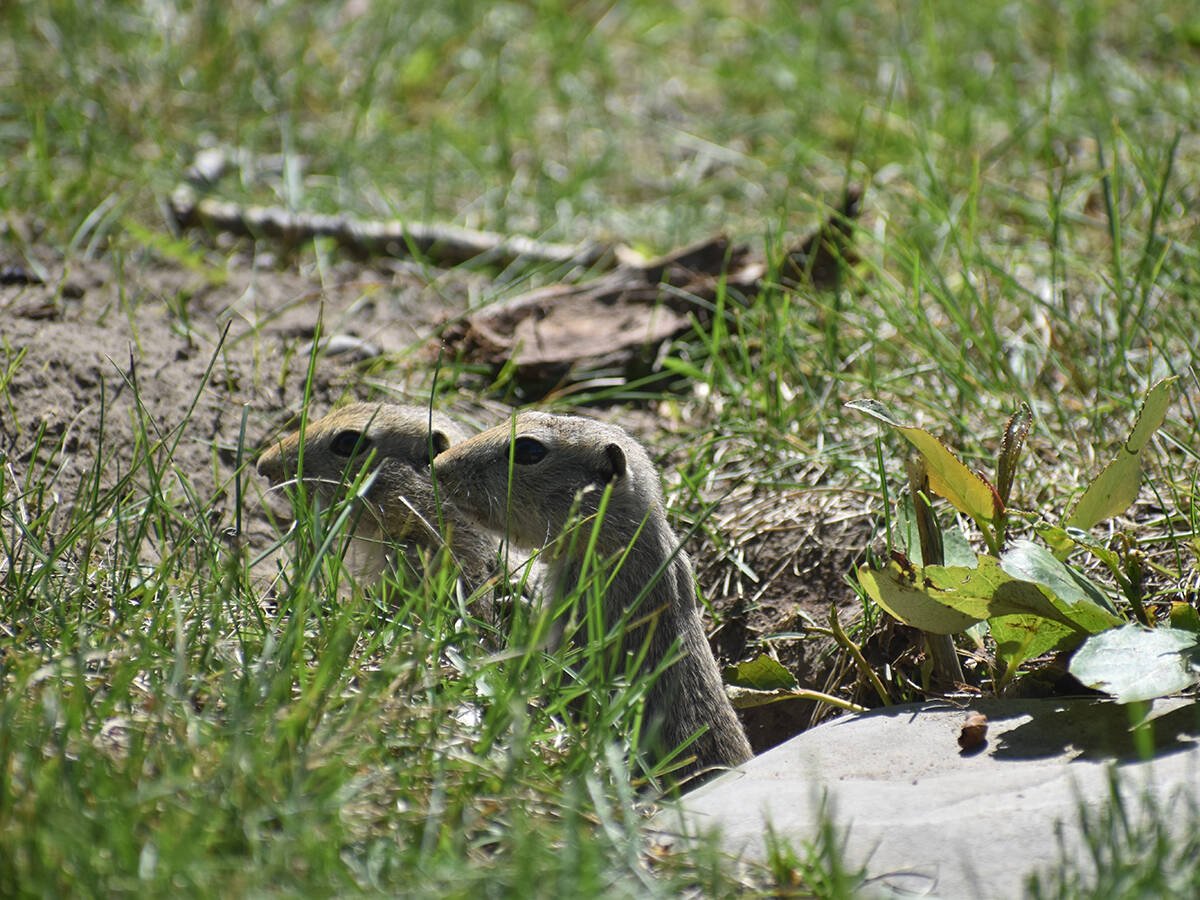
Rural officials hopeful strychnine use will resume
The Saskatchewan Association of Rural Municipalities is taking a verbal commitment from the federal agriculture minister on strychnine use as a good sign.
Terry Youzwa, who farms near Nipawin, Sask., and is the chair of the Saskatchewan Canola Development Commission, agreed with Halstead.
Many producers in a canola-wheat-canola-wheat rotation would switch to a one-in-three-year rotation if another crop generated similar returns.
“Yes, growers should have a two-year break between canola, in ideal circumstances. But we need more crops that are viable,” he said.
“In our quest for a profit we’re challenged to find those crops. So we often push the rotation more than we would like to.”
Thanks to robust demand and relatively strong canola prices, a two-year canola rotation has become the norm in many regions of the Prairies. In Youzwa’s area of northeastern Saskatchewan, Statistics Canada data shows:
- Oilseeds (canola) were seeded into one-third of all cropland in 2005.
- In 2015, the percentage of acres in canola was about 46 percent.
Growing canola on nearly half of all acres increases the risk of diseases and compromises sustainability, but the commodity market is driving the tight rotations, said Kim Stonehouse, regional crops specialist with Saskatchewan Agriculture in Tisdale.
“It’s not (farmers’) fault that a lot of this has happened,” he said. “The problem is that the price point for canola is much more stable than other crops. That gives you a more stable return…. Crushers and marketers are really wanting a lot of canola. It’s driving that exact problem: rotation.”
Producers in northeastern Sask-atchewan would like to grow pulse crops but the region’s soil and climate makes that difficult.
“They’ve been trying for years (to grow peas),” Stonehouse said. “But the last five or six years peas have been just about a disaster.”
Some producers are experimenting with longer breaks between canola, despite the market signals and difficulties.
Youzwa has grown fababeans the last two years and he is trying to add canaryseed to the mix.
Halstead grows flax, pulses, barley and is considering soybeans.
But crop rotations aren’t a silver bullet. This growing season was terrible for disease pressure in many crops in Saskatchewan, which may cause many farmers to think, why bother?
“We’re trying to keep ahead of some the disease pressures that are coming,” Halstead said. “(But) when you rotate and you still have disease pressures, it leads to the frustration of why not just grow the crop that makes more, more often.”




